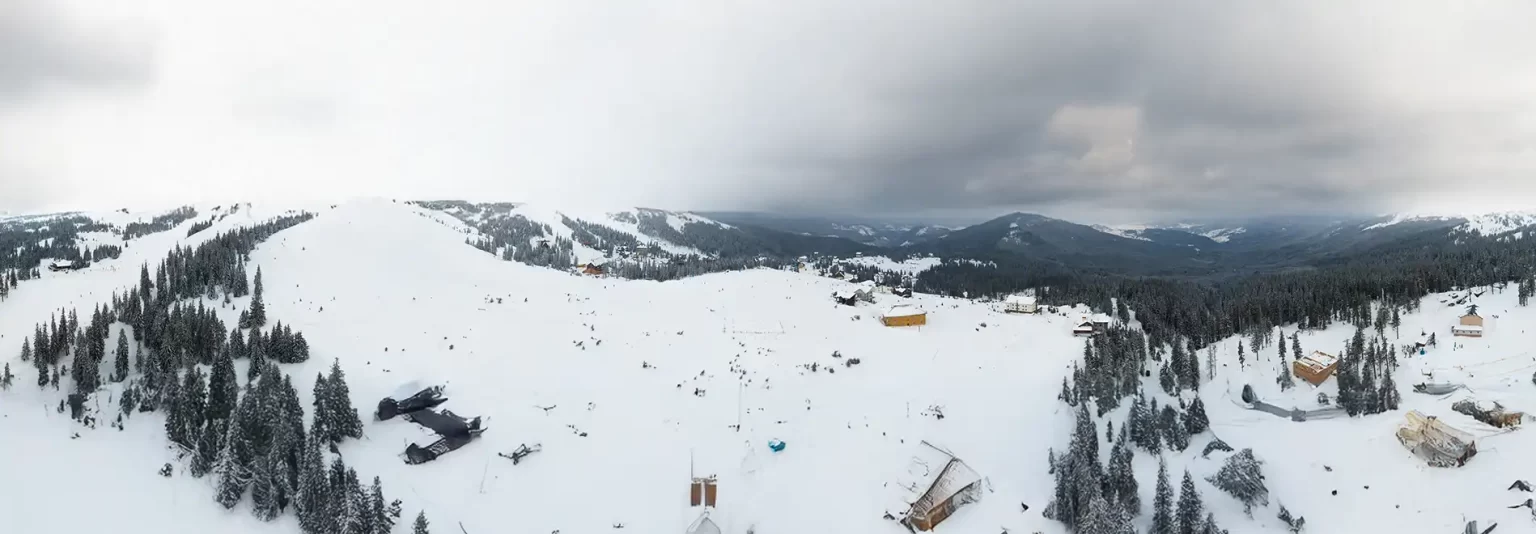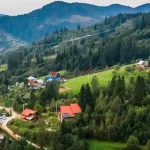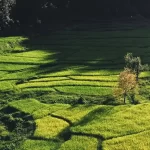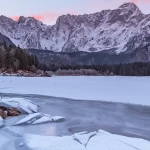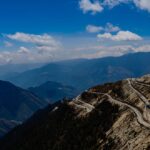Bumla Pass: A High-Altitude Gateway to the India-China Border
Bumla Pass, a stunning high-altitude destination in Arunachal Pradesh, is where adventure meets history along the India-China border. Perched at 15,200 feet, Bumla Pass offers breathtaking views, a glimpse into military life, and a unique cultural experience. This comprehensive guide explores everything about visiting Bumla Pass, from its location and accessibility to attractions, permits, and practical tips. Whether you’re a thrill-seeker or a history enthusiast, Bumla Pass is a must-visit gem in Northeast India.
Introduction: Discover the Majestic Bumla Pass
Bumla Pass in the Indian state of Arunachal Pradesh is a region of harsh beauty and extreme significance. It is located in the Eastern Himalayas, which is a strategic border area between China and India. With its dangerous topographies and historical significance, this pass is noted for its hardscrabble landscapes and the depth of history it possesses. Bumla Pass is heaven on earth with the snow-covered peaks, ice lakes, and wide valleys; its military establishment gives it an air of mystery. Traveling to Bumla Pass is an experience that combines awe-inspiring beauty, cultural experience, and a rare chance to be on the border of two nations, which makes it an experience one will never forget.
Where is Bumla Pass Located?
Bumla Pass is located in the Tawang district of Arunachal Pradesh, 37 km from Tawang town and 63 km from the McMahon Line, or the India-China border. Bumla Pass, at an altitude of 15,200 feet, is surrounded by rock formations, alpine meadows, and towering Himalayan mountains. The pass offers views of the Chinese side, such as distant military outposts, which makes it all the more enticing. Its proximity to the cultural hub Tawang and its historic monasteries, Bumla Pass is the perfect inclusion for an Arunachal Pradesh tour.
How to Reach Bumla Pass?
It takes careful planning to get to Bumla Pass due to its remote location and rugged landscape, but the road journey through the landscapes of Arunachal is a prize in itself.
- By Air: Nearest airport is Tezpur Airport in Assam, 320 km away from Tawang. From Tezpur, take a taxi (₹8,000-12,000) or a shared jeep (₹1,000-1,500) to Tawang, an 10–12-hour drive. From Tawang, hire a local taxi (₹3,000-5,000) to Bumla Pass, as only registered vehicles are allowed.
- By Train: The closest railhead is 320-km away from Tezpur Railway Station. Drive the road route from Tezpur to Tawang by jeep or taxi and then hire a local vehicle to travel the 37-km to Bumla Pass.
- By Road: Start from Guwahati, Assam (500 km from Tawang), on National Highway 13. The 14–16-hour drive to Tawang in shared jeeps costs ₹1,500-2,000 or in private taxis ₹12,000-15,000. From Tawang, only permit-holding local SUVs or 4x4s can travel up to Bumla Pass, booked through tour operators or the office of the Tawang Deputy Commissioner.
The Bumla Pass Road is a twisty road, so, travel with a driver who has experience and check the weather as the road may become challenging in snow or rain.
Why Should You Visit Bumla Pass?
Bumla Pass has something for each individual. The high altitude of the destination provides breathtaking views of the Himalayas that make it perfect for photographers as well as nature enthusiasts. The role of the pass as a border post allows tourists to see the unique esprit de corps between Chinese and Indian soldiers when they interact on ceremonial occasions. Bumla Pass also has historical significance as a site of war in the 1962 Sino-Indian War, thus a hit among history buffs. For the adventure-seeker, the trekking trail and elevated height add excitement, thus Bumla Pass a fantasy location for Arunachal Pradesh.
What are the Top Attractions at Bumla Pass?
Bumla Pass and surrounding areas abound with attractions reflecting its natural as well as historical significance:
- Border Point: The India-China border at Bumla Pass, marked by a pile of rocks and sign board, is the highlight. Indian Army personnel give information regarding the pass, and you can see Chinese land in the distance.
- Sangetsar Lake: Also known as Madhuri Lake, this glacial lake on the route to Bumla Pass is surrounded by mountains, giving a serene area to click pictures and relax.
- PTSO Lake: Another stunning lake near Bumla Pass, PTSO’s crystal clear waters and peaceful atmosphere make it a definite point of visit.
- Military Memorials: Memorials and bunkers near Bumla Pass honor soldiers of the 1962 war, providing a poignant historical perspective.
- Himalayan Vistas: The pass offers breathtaking views of snow-capped peaks and valleys, a paradise for nature lovers and photographers.
Culture & Military Presence – What Makes Bumla Unique
Bumla Pass is special because of its cultural diversity and military significance. The Monpa tribe inhabits the area surrounding Tawang, whose Buddhist culture is evident in monasteries like Tawang Monastery, which is a 400-year-old religious ensemble. Tourists visiting Bumla Pass can experience the Monpa culture directly with their local festivals, cuisine, and handicrafts in Tawang. The military aspect at Bumla Pass adds another layer, with Indian Army posts and routine border meetings with Chinese soldiers. This combination of tribal existence and geopolitics makes Bumla Pass a once-in-a-lifetime experience.
Do You Need a Permit for Bumla Pass?
Yes, one requires a special permit to go to Bumla Pass since it is located very near the India-China border. Indian tourists need to have an Inner Line Permit (ILP) to enter Arunachal Pradesh, which can be done online or from Arunachal Bhawan in cities (₹500-1,000). An additional special Bumla Pass permit is also required, issued by the Tawang Deputy Commissioner office through a registered tour operator or hotel in Tawang (₹500-1,000 per group). Foreign visitors require a Protected Area Permit (PAP), which is more difficult to acquire for Bumla Pass because of security restrictions. Get permits at least 15 days prior and provide valid identification.
Travel Tips for Visiting Bumla Pass
- Best Time to Visit: October to April provides clear skies and tolerable weather. Steer clear of monsoons (June-September) because of landslides and heavy snow in winter (December-February).
- Health Precautions: Acclimatize in Tawang for 1-2 days to avoid altitude sickness. Utilize oxygen cylinders, which are easily available in Tawang (₹500-1,000), and consume lots of water.
- Clothing: Dress in layered clothing, like thermals, jackets, and sturdy shoes, as the temperature can be less than 0°C. Sunglasses and sunscreen guard against UV radiation.
- Photography: Photography is allowed at Bumla Pass but not close to military camps. Obtain permission from Army officers before taking pictures.
- Essentials: Pack snacks, water, and medications since facilities at Bumla Pass are poor. Mobile services are not reliable, so alert family to plans.
Why Bumla Pass Should Be on Your Bucket List
Bumla Pass is not just a destination—it’s an experience that is equal parts adventure, history, and nature. At 15,200 feet, you’ll behold the grandeur of the Himalayas, the grit of the Indian Army, and the cultural diversity of Arunachal Pradesh. From the serene Sangetsar Lake to the historic border crossing, Bumla Pass has moments that stay etched in your memory lifetime. Travel to Bumla Pass in 2025, obtain your permits, and embark on a journey to one of India’s most offbeat frontiers.

